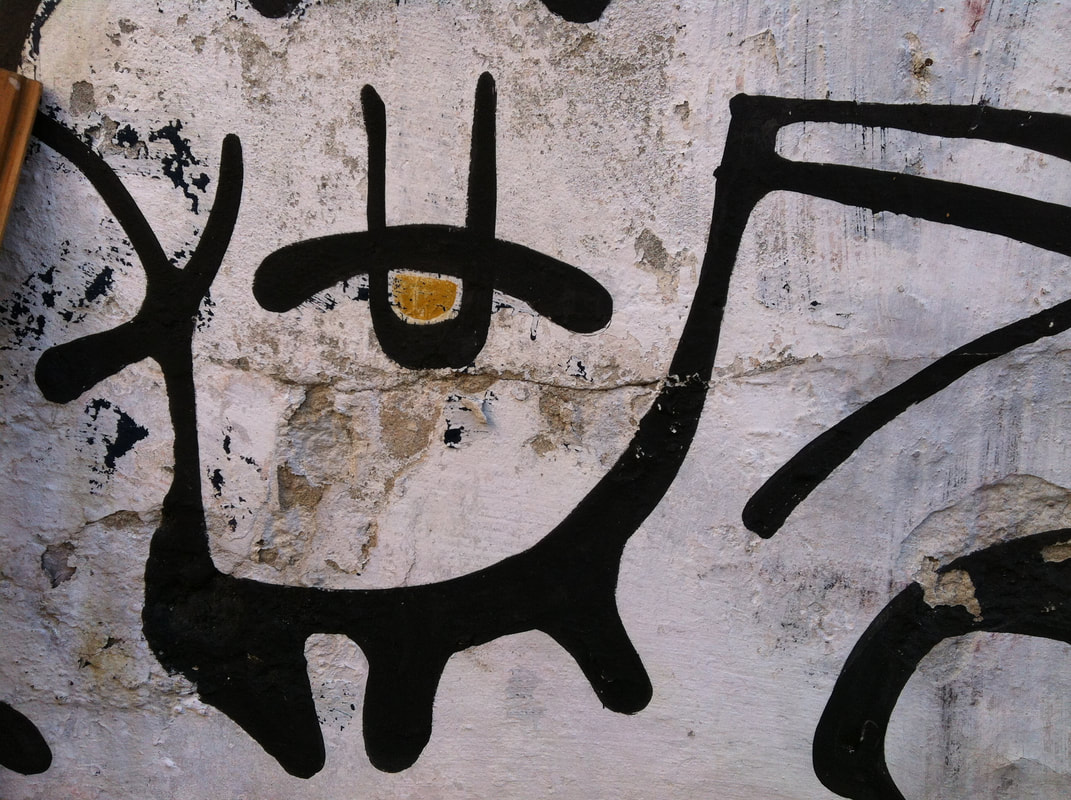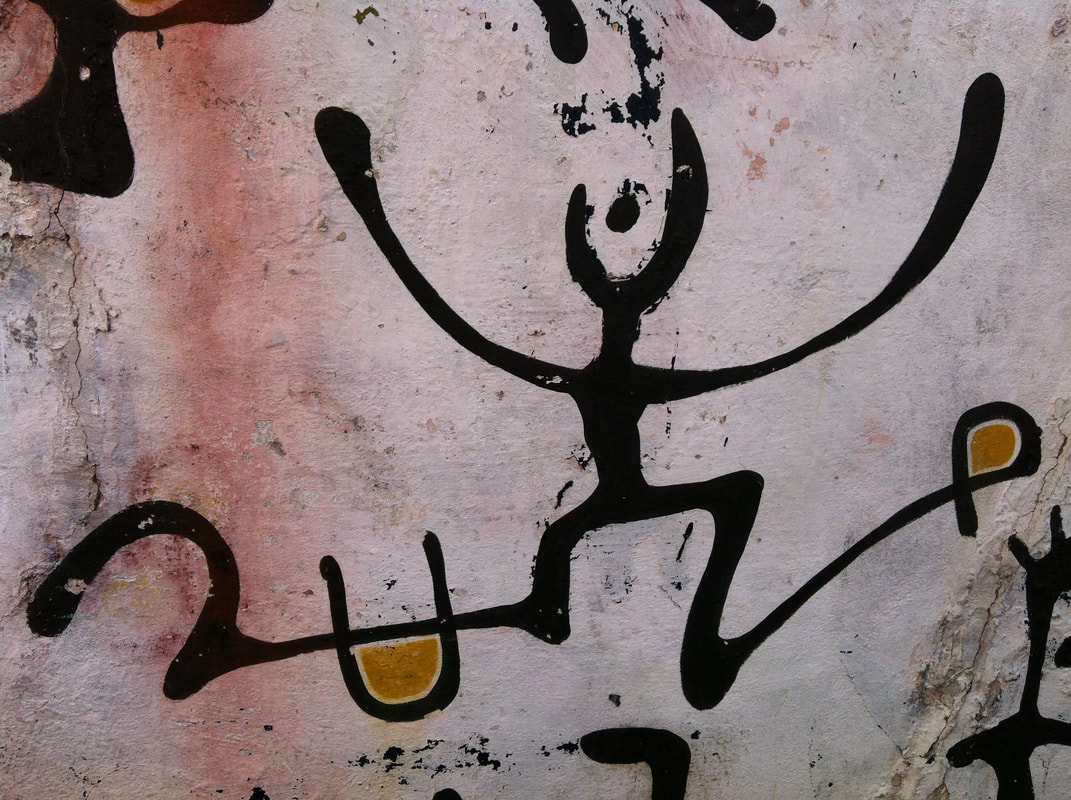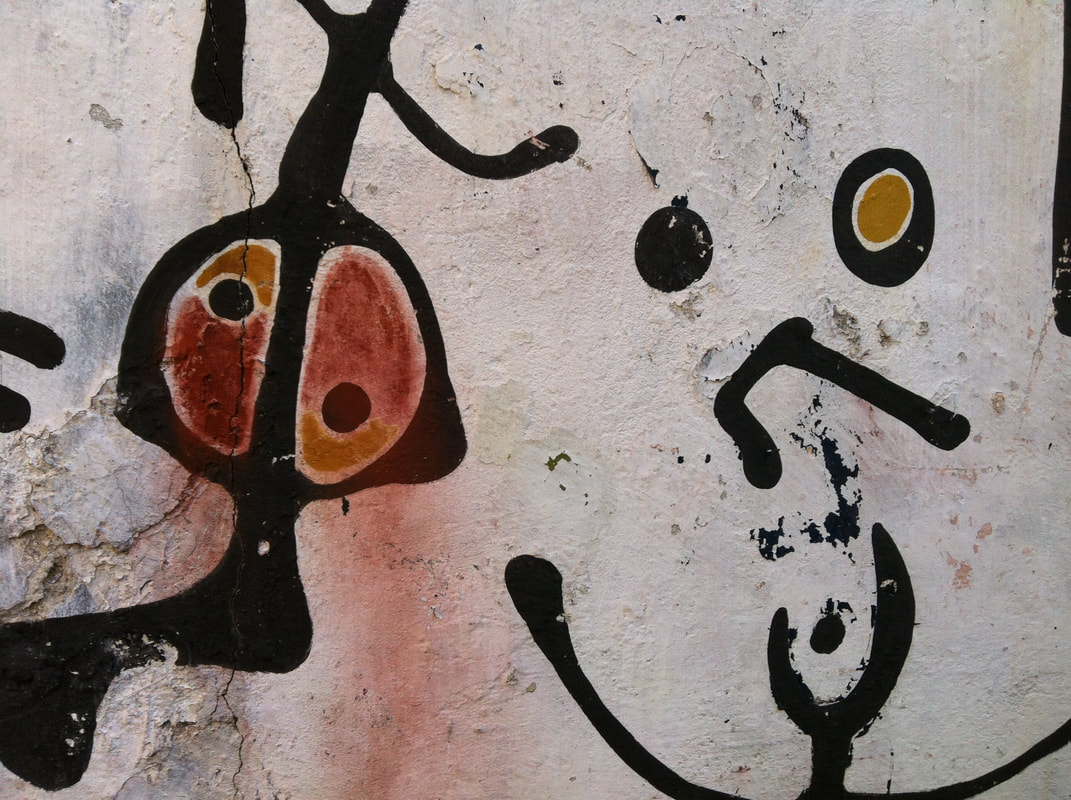n
I. Cabernet Sauvignon
Left Bank Bordeaux Blend
Sight: deep ruby.
Nose: black fruits (berry, black cherry and cassis) with green olive, cedar, pencil lead, violet-floral, and green herbs. Wines from cooler vintages
can display more red fruit character as well as more pronounced pyrazine/herbal notes. Elements of clay, dried leaves, mushroom, and turned earth can also often be found. Leather and game are common in older wines. Oak aging adds smoke, toast, and sweet baking spice notes.
Palate: medium-to-full bodied and bone dry to dry.
Structure: alcohol: medium-plus to high in warm vintages; acidity: medium-plus; tannin: medium-plus to high.
ID Keys: the combination of deep black fruits, green herbs, earth/forest floor, and bright acidity.
New World: California
Sight: deep ruby.
Nose: ripe, even jammy black fruits (berry, cherry, cassis and currant) with green olive, cedar, chocolate, and green herb notes. Cooler climate wines can display red fruit characteristics and more pyrazine and herbal notes. Oak aging adds smoke, toast, sweet baking spices, and sawdust notes.
Palate: full bodied and dry.
Structure: alcohol: medium-plus to high; acidity: medium to medium-plus; tannin: medium-plus to high.
ID Keys: California/Napa Cabernets are generally much riper and richer in style than Bordeaux without the prominent earth/mineral component.
New World: South Australia – Coonawarra
Sight: deep ruby.
Nose: blackberry, black cherry and black currant fruit with pronounced mint/eucalyptus and green pyrazine notes. Oak adds vanilla, baking spices, and toast.
Palate: full bodied and dry.
Structure: alcohol: medium-plus to high; acidity: medium to medium-plus; tannin: medium-plus to high.
ID Keys: Coonawarra Cabernet is very distinctive with classic Cabernet black fruits but with a strong presence of pyrazines and mint and eucalyptus.
Burgundy: Côte de Nuits
Sight: light to medium ruby.
Nose: red fruits—cherry, raspberry, strawberry–with tea, floral, herb, and mushroom/earth. With age, the wines take on gamy-vegetal-earthy complexities difficult to describe. Oak aging adds smoke, vanilla, sweet spice, and wood notes to the wines.
Palate: medium to medium-plus bodied and bone dry to dry.
Structure: alcohol: medium to medium-plus; acidity: medium-plus; tannin: medium-minus to medium.
ID Keys: although deceptively light in color, high quality wines can be quite concentrated in flavor. Lighter-bodied, supple, and elegant, with bright red fruits (not black!), tea-spice, earth, and oak. Some winemakers use stems during fermentation giving the wines a green woody quality on the nose and palate as well as firmer tannins.
Burgundy: Côte de Beaune
Sight: light to medium ruby.
Nose: tart or ripe red fruits depending on the quality of the vintage; cherry, raspberry, and cranberry are common. Non-fruit aromas include green herb, black tea, rose floral, and clay/earth/mineral notes. As with wines from the Cote de Nuits, age can add gamy—savory-vegetal-earthy complexities. Oak aging adds aromas of vanilla, baking spices, and toast.
Palate: medium-bodied and bone dry to dry.
Structure: alcohol: medium to medium-plus; acidity: medium-plus; tannin: medium to medium-plus.
ID Keys: generally, wines from the Cote de Beaune tend to be relatively earthier and firmer in tannins than those from the Cote de Nuits.
New World: California and Oregon
Sight: medium to deep ruby.
Nose: ripe red fruits (black fruits in warm vintages or regions), herb, floral, tea, and more. Oak aging adds smoke, sweet spice, and wood flavors.
Palate: medium to medium-plus bodied and dry.
Structure: alcohol: medium to medium-plus (and getting higher all the time …); acidity: medium to medium-plus; tannin: medium to medium-plus.
ID Keys: supple red berry fruit, spices, and new wood. Stem tannins often present but a there a relative lack of earthiness when compared to Burgundy.
New World: New Zealand
Sight: light to medium ruby.
Nose: red fruits—both fresh and dry–with considerable herb, floral, tea, and mineral/soil. Oak aging adds smoke, sweet spice and woody flavors.
Palate: medium to medium-plus bodied and dry.
Structure: alcohol: medium to medium-plus; acidity: medium to medium-plus; tannin: medium to medium-plus.
ID Keys: New Zealand Pinots are similar in style to California and Oregon with supple red fruit, spices and new wood qualities. However, the wines are distinct with their pronounced herbal notes; many display a chalky mineral quality.
Right Bank Bordeaux Blend
Sight: very deep ruby.
Nose: red and black fruits, green herb, mushroom-forest floor, violet floral, earth-mineral. Oak aging adds vanilla, sweet spice, and toast/smoke.
Palate: medium-plus to full-bodied; supple, rich and lush; bone dry to bone.
Structure: alcohol: medium-plus to high in warmer vintages; acidity: medium to medium-plus; tannin: medium to medium-plus.
ID Keys: Generally,Merlot-based right bank wines tend have softer tannins than their Cabernet-based left bank counterparts as well as more herbal/vegetal characteristics.
New World: California, Australia, and Chile
Sight: very deep ruby.
Nose: ripe black fruits, green herb, bitter chocolate, and oak. Mint and eucalyptus sometimes found.
Palate: full-bodied and usually richer and riper than right bank Bordeaux wines.
Structure: alcohol: medium-plus to high; acidity: medium to medium-plus; tannin: medium to medium-plus.
ID Keys: generally, Merlot tends to be ripe and supple with lush fruit and herbal notes; riper, fuller-bodied wines display considerable alcohol with a relative lack of earthiness and considerable new oak. Tannins tend to be less angular than Cabernet Sauvignon. It’s important to note that Cabernet is often blended with Merlot to add structure.
IV. Cabernet Franc
France: Loire Valley Chinon or Bourgueil
Sight: medium to deep ruby.
Nose: tart red and black fruits (sour cheery, plum, raspberry, and cranberry) with a pronounced green pyrazinic tobacco-leafy herbal character and chalky minerality. Warmer vintages yield wines with more black fruit character. Oak usage varies from old wood to noticeable new barrique.
Palate: medium to medium-plus bodied and very dry, sometimes austere in character.
Structure: alcohol: medium to medium-plus; acidity: medium-plus; tannins: medium to medium-plus.
ID Keys: similar in weight to many to lighter right Bank Bordeaux wines, but with a pronounced pyrazenic quality and chalky
minerality.
V. Gamay: Beaujolais Villages
Sight: medium to deep ruby with purple highlights.
Nose: candied, artificial fruit derived from carbonic fermentation with floral, green herb, and stony earth.
Palate: medium-bodied and bone dry to bone. Emphasis on candied fruit, herb, and granitic soil
Structure: acidity: medium-plus; alcohol: medium to medium-plus, tannin: medium-minus to medium.
ID Keys: look for the candied fruit-basket quality with herbal and stony qualities.
nn


